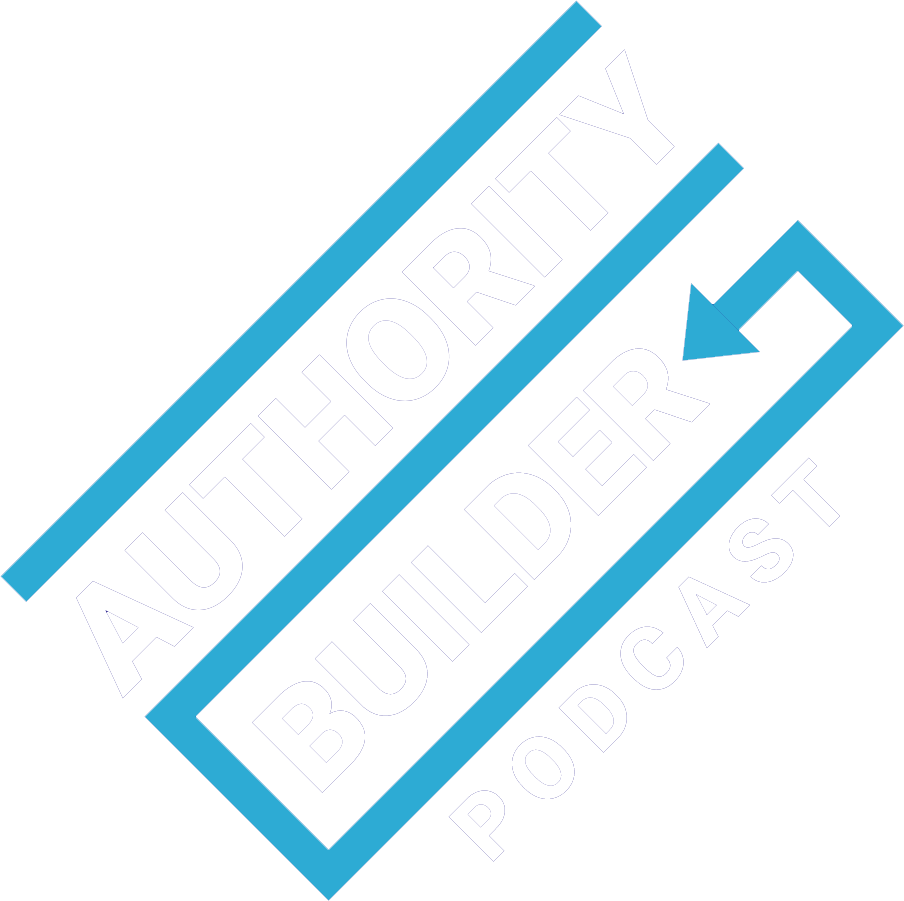At consulting firm Sterling Woods Group, CEO Rob Ristagno and his team help middle market companies use data to create sales, marketing, and other strategies to accelerate revenue growth.
Best of all, says Rob, it’s data that is already there. It’s just that owners and executives don’t know how to analyze it – or come up with insights that can impact the business.
It’s a vital service, yet Rob admits that the value of his company’s service isn’t always apparent and often seen as a “luxury.” It can be a struggle to get hired.
We take a deep dive into how to change that perception. Starting with identifying his ideal client and their pain points and going from there. If you’re facing a challenge in strategic growth and haven’t pinpointed your obstacles, this conversation is a must-listen.
Tune in for details on…
- A strategy for leveraging your current list of prospects
- How to use podcasts to get your foot in the door with potential clients
- The 3+ biggest obstacles to getting hired as a consultant or professional service provider – and how to overcome it
- A strategy for identifying not just ideal clients… but when it’s the right time to talk to them
- And more
Listen now…
Mentioned in this episode:


